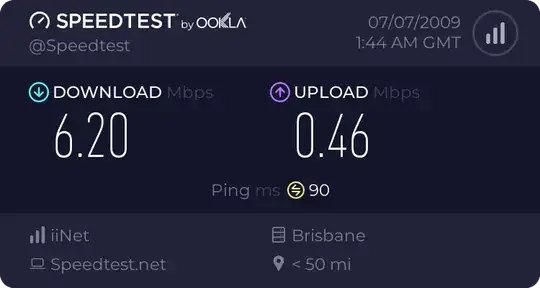We operate in an office building very close to the Sydney CBD and as a result our office currently uses a direct fibre connection at the cost of $1000/month for 2Mb/2Mb (yes, I realise how stupidly expensive that is, but that's how much fibre costs in Australia) and a very very low contention ratio (like, almost 1:1).
The connection was sold to management with little/no input from the IT team, based on the fact that "oohh, it has almost 1:1 contention, we're not going to be sharing our bandwidth with anyone" and admittedly yes, it's been rock solid, but c'mon - it's only 2mb.
They've finally come to the realisation that $12,000/year is too much to be paying for a 2mb link, and we're investigating business-grade ADSL2+ connections, as other people in our building achieve sync speeds of over 20Mb.
What are people's experiences with ADSL2+ in an office scenario (I've only ever used it at home, with suitable experience)? We have a site-to-site VPN to a datacenter and do a lot of heavy file transfers over the VPN but other than that it's a pretty normal office. We currently lease a few dozen lines for a phone system which we're hoping to move to VoIP in the next 12 months.
